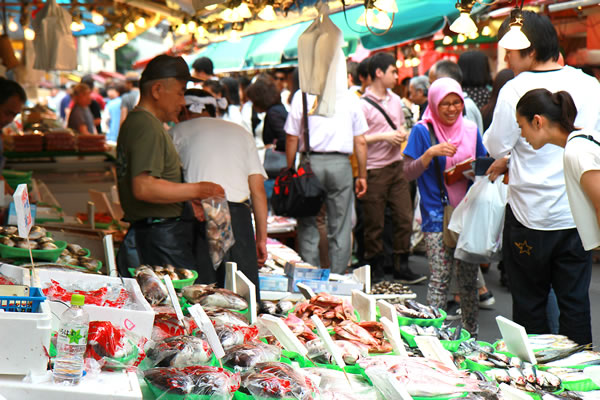

Japan decided to build Unit 731 in Manchuria because the occupation not only gave the Japanese an advantage of separating the research station from their island, but also gave them access to as many Chinese individuals as they wanted for use as human experimental subjects. Japan's occupation of Manchuria began in 1931 after the Japanese invasion of Manchuria. Japan started their biological weapons program in the 1930s, partly because biological weapons were banned by the Geneva Convention of 1925 they reasoned that the ban verified its effectiveness as a weapon. Formation īuilding at the Unit 731 bioweapon facility in Harbin On 28 August 2002, Tokyo District Court ruled that Japan had committed biological warfare in China and consequently had slaughtered many residents. The Americans co-opted the researchers' bioweapons information and experience for use in their own biological warfare program, much like what had been done with Nazi German researchers in Operation Paperclip. The United States covered up the human experimentations and handed stipends to the perpetrators. While Unit 731 researchers arrested by Soviet forces were tried at the December 1949 Khabarovsk war crime trials, those captured by the United States were secretly given immunity in exchange for the data gathered during their human experiments. Unit 731 and the other units of the Epidemic Prevention and Water Purification Department operated biological weapon production, testing, deployment, and storage facilities. The program received generous support from the Japanese government until the end of the war in 1945. The facility itself was built in 1935 as a replacement for the Zhongma Fortress, and Ishii and his team used it to expand their capabilities.

Originally set up by the Kenpeitai military police of the Empire of Japan, Unit 731 was taken over and commanded until the end of the war by General Shirō Ishii, a combat medic officer in the Kwantung Army. It was officially known as the Epidemic Prevention and Water Purification Department of the Kwantung Army ( 関東軍防疫給水部本部, Kantōgun Bōeki Kyūsuibu Honbu). Estimates of those killed by Unit 731 and its related programs range up to half a million people, and none of the inmates survived. Additionally, Unit 731 produced biological weapons that were used in areas of China not occupied by Japanese forces, which included Chinese cities and towns, water sources, and fields. The victims came from different nationalities, with the majority being Chinese and a significant minority being Russian. Victims included not only kidnapped men, women (including pregnant women) and children, but also babies born from the systemic rape perpetrated by the staff inside the compound. Experiments included disease injections, controlled dehydration, hypobaric chamber experiments, biological weapons testing, vivisection, amputation, and standard weapons testing. It routinely conducted tests on people who were dehumanized and internally referred to as "logs". Unit 731 was responsible for some of the most notorious war crimes committed by the Japanese armed forces. It was based in the Pingfang district of Harbin, the largest city in the Japanese puppet state of Manchukuo (now Northeast China) and had active branch offices throughout China and Southeast Asia. The unit is estimated to have killed between 200,000 and 300,000 people.


Unit 731 ( Japanese: 731部隊, Hepburn: Nana-san-ichi Butai ), short for Manshu Detachment 731 and also known as the Kamo Detachment : 198 and the Ishii Unit, was a covert biological and chemical warfare research and development unit of the Imperial Japanese Army that engaged in lethal human experimentation and biological weapons manufacturing during the Second Sino-Japanese War (1937–1945) and World War II.


 0 kommentar(er)
0 kommentar(er)
